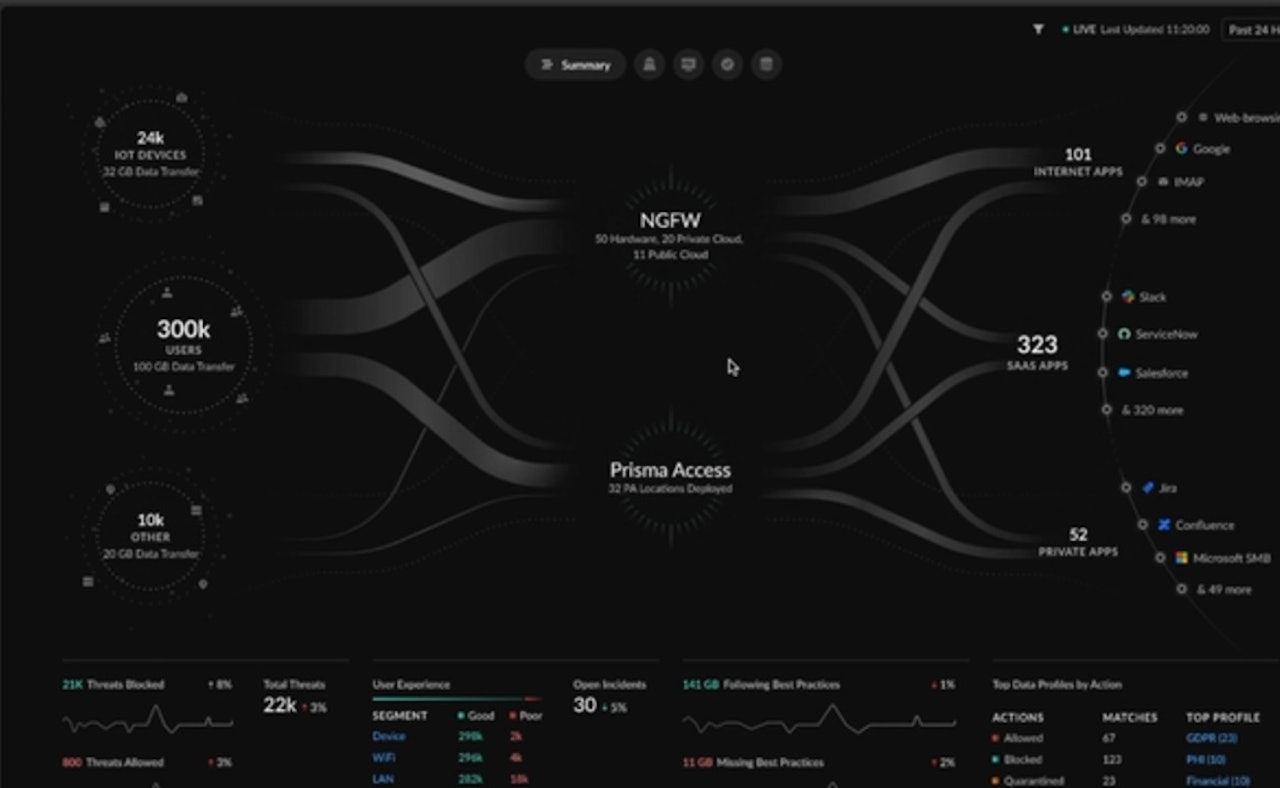As enterprise networks expand and organisations connect with an ever-growing number of IoT and OT devices, managing security at scale has become both essential and complex. Ensuring that every device, user, and application can be trusted in such a distributed environment requires more than just strong passwords or firewalls; it requires a foundation of digital trust.
That’s where Public Key Infrastructure (PKI) comes in. PKI is the backbone of secure digital communication, enabling authentication, data integrity, and encryption across networks. Think of it as the digital passport system of the internet. It's a framework of keys, certificates, software, hardware, and policies that verify identities and secure interactions. Whether you’re connecting to a secure website, sending encrypted emails, or logging into a VPN, PKI is silently working behind the scenes to make those exchanges trustworthy.
Use cases for PKI
PKI is now most commonly associated with securing websites via TLS/SSL, but its origins are broader, focused on enabling secure communication and verifying identities across digital systems. Today, its applications extend across multiple areas:
- IoT and OT devices: PKI enables secure device authentication and encrypted communication. Only authorised devices can connect to critical systems, reducing the risk of breaches or service disruptions.
- TLS/SSL encryption: Protects web traffic, ensuring data in transit cannot be intercepted or tampered with.
- Email security (S/MIME): PKI allows encrypted and signed emails, ensuring confidentiality and proving sender authenticity.
- Code signing: Verifies software integrity and origin, preventing tampering or malicious distribution.
- Internal services and applications: PKI authenticates users and systems within an enterprise, maintaining secure access to sensitive resources.
- Emerging frontiers: PKI is key for blockchain identity, cloud-native workloads, and post-quantum cryptography, making it future-ready for next-gen security challenges.
By supporting these scenarios, PKI provides a scalable and flexible approach to digital trust.
Five challenges in implementing PKI
PKI is the digital trust backbone, but deploying it at an enterprise scale is easier said than done.
1. Complexity
Running a Certificate Authority (CA) and maintaining trust chains requires precision. One wrong configuration or mis-issued certificate can compromise the entire trust hierarchy.
2. Certificate Lifecycle Management (CLM)
Every certificate must be issued, renewed, and revoked on time. Missing a renewal can break applications, while failing to revoke a compromised cert creates a security hole.
3. Private key protection
Private keys are the root of trust. If they’re stolen, attackers can decrypt traffic or impersonate systems. That’s why organisations use Hardware Security Modules (HSMs) and key vaults to secure them.
4. Scalability and automation:
With thousands of IoT devices, containers, and cloud workloads, manual management is impossible. Modern PKI relies on automation, APIs, and policy-driven orchestration to keep up.
5. Revocation and validation:
Systems must detect invalid certificates fast using CRLs or OCSP checks. If those fail, expired or revoked certificates may still be trusted, silently weakening security.
In short, PKI is powerful, but it demands expertise, automation, and governance to maintain digital trust at scale.
Trade-offs to consider
Organisations must weigh several factors when choosing a PKI strategy:
- Public vs private PKI: Public PKI provides broad trust via well-known certificate authorities, while private PKI offers more control but requires more operational effort.
- PKI vs pre-shared keys (PPSK): Pre-shared keys are easier to deploy but less secure, particularly in dynamic or untrusted environments. PKI offers scalability and stronger trust mechanisms.
- Hosted/managed vs in-house PKI: Managed PKI services reduce operational overhead, whereas in-house PKI gives full control but increases complexity and risk.
Choosing the right balance depends on the organisation’s risk tolerance, scale, and IT resources.
Four best practices for PKI adoption
To make PKI effective, we have four best practices for organisations that want to adopt it.
- Automate certificate lifecycle management: Reduce errors and service disruptions by automating issuance, renewal, and revocation.
- Use HSMs for private key security: Protect critical cryptographic assets and ensure recovery options.
- Implement certificate policies: Define clear rules for certificate issuance, usage, and validation.
- Regular monitoring and validation: Continuously check certificate status and validity to prevent misuse or accidental expiration.
These measures ensure PKI delivers both security and operational efficiency.
Next steps
PKI is more than a technical solution; it’s the backbone of digital trust for modern enterprises. By understanding its use cases, acknowledging its challenges, and applying best practices, organisations can secure devices, applications, and data across increasingly complex networks.
If you’re ready to take the next step, get in touch with our team to discuss how Nomios can help strengthen your digital identity and simplify certificate management.
Do you want to know more about this topic?
Our experts and sales teams are at your service. Leave your contact information and we will get back to you shortly.











